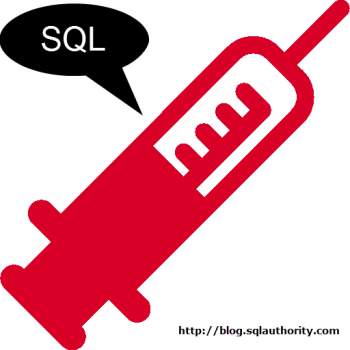Microsoft has published following three security related white papers. I suggest to all my readers to read them. Read the summary know what is covered in those white papers.
- Engine Separation of Duties for the Application Developer – Separation of duties is an important consideration for databases and database applications. By properly defining schemas and roles, you can create a distinction between users who can manipulate data from those that administer the database. This paper discusses the topics of which application developers should be aware and provides a heuristic example to guide you in achieving separation of duties.
- Database Encryption in SQL Server 2008 Enterprise Edition – With the introduction of transparent data encryption (TDE) in SQL Server 2008, users now have the choice between cell-level encryption as in SQL Server 2005, full database-level encryption by using TDE, or the file-level encryption options provided by Windows. TDE is the optimal choice for bulk encryption to meet regulatory compliance or corporate data security standards. TDE works at the file level, which is similar to two Windows features: the Encrypting File System (EFS) and BitLocker Drive Encryption, the new volume-level encryption introduced in Windows Vista, both of which also encrypt data on the hard drive. TDE does not replace cell-level encryption, EFS, or BitLocker. This white paper compares TDE with these other encryption methods for application developers and database administrators. While this is not a technical, in-depth review of TDE, technical implementations are explored and a familiarity with concepts such as virtual log files and the buffer pool are assumed. The user is assumed to be familiar with cell-level encryption and cryptography in general. Implementing database encryption is covered, but not the rationale for encrypting a database.
- Cryptography in SQL Server – Although cryptography provides SQL Server with powerful tools for encryption and verification, these are often not well understood. This can lead to poor or incomplete implementations. This white paper presents an overview of cryptographic functionality and discusses how this applies to authentication, signed procedures, permissions, and encryption. Because the target audience is the database professional and not necessarily security experts, the focus is on practical ways to use cryptography in SQL Server.
Abstract courtesy : Microsoft
Reference : Pinal Dave (http://www.SQLAuthority.com)






1 Comment. Leave new
hi Pinal, is it possible to edit syscolumn in SQL Server 2005 ? Because I want to edit userdefinedfields (make it larger size for decimal field type) which affect all tables, sp, and views. I can do it in SQL Server 2000, but in SQL Server 2005, all my scripts are giving me error message.
Any suggestion ?
Thanks